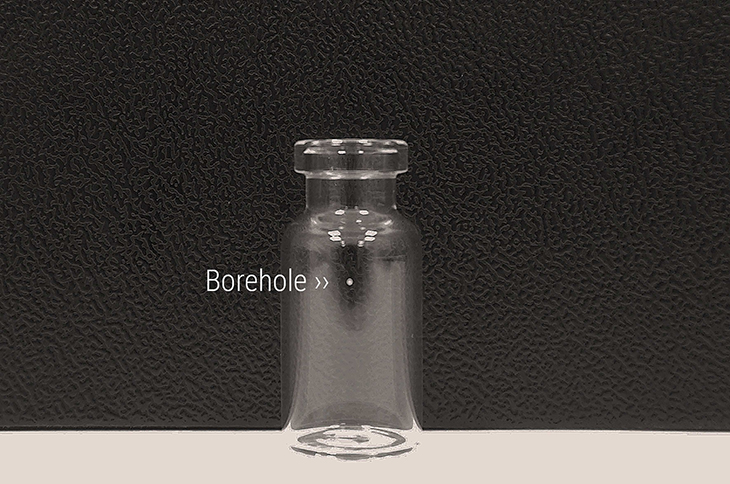Choosing a commercial roofing system is a more complex decision than it may initially seem. Your roof is a considerable expense and may lead to costly facility damage if it doesn’t meet your business’s needs, even with insurance.
Common commercial roofing materials like asphalt, metal and thermoplastics vary widely in their benefits and disadvantages. Consequently, there is no one-size-fits-all solution that is best. Rather, you must consider a few key factors to determine which suits your needs.
1. Costs and Installation
The most obvious consideration when choosing a roof is its upfront cost. Asphalt is typically the cheapest of the common commercial roofing types, costing between $8,000 and $17,000 for 2,000 square feet. Steel and aluminum are considerably more expensive — up to $34,000 per 2,000 square feet.
Material costs per square foot are not the only price factor at play. You should also consider the installation complexity and length. Shingled roofs typically don’t require specialized knowledge, so you can install them faster, leading to less workflow disruption and lower costs.
Remember to compare costs and installation estimates between multiple companies, as some may offer lower rates for the same material. You should also review your facility’s financials — including the cost of any roof-related repairs or damage — to determine how much you can spend.
2. Long-Term Durability
Longevity is another critical factor. While asphalt shingles may be the cheapest and easiest to install, they last the least amount of time. Depending on how much damage you expect your roof to take, that could lead to higher long-term spending.
Metal roofs last roughly three times as long as asphalt alternatives. Consequently, they may provide the best long-term value if the material and installation costs are less than three times that of asphalt. Less frequent replacements and repairs also mean fewer losses from downtime when you must pause work while fixing the roof.
Bear in mind that what’s most durable can vary between facilities. Gravel built-up roofing (BUR) is fire- and water-resistant but heavy, making structural damage from excess pressure a larger threat. As such, it may be a good option for warm climates with heavy rainfall but not for those with significant snow or equipment on top of the roof.
3. Worker Safety
It’s also important to consider whether employees will work on top of your building. Some common commercial roofing materials — notably, asphalt shingles and ceramic tile — don’t facilitate safe working environments at heights. Flat options like metal, BUR and concrete offer varying safety factors.
Metal may become slick, leading to slip and fall risks. Smooth-finished BUR membranes may introduce similar hazards, though to a lesser extent, and gravel BUR will minimize slippage but can increase air particles.
The shape of your roof also impacts worker safety. Even a slope of just 4 inches per horizontal foot can be dangerous, and OSHA requires fall protection within 6 feet of the edge for these structures. Guardrails may be necessary in some areas if employees must get close enough to the ledge.
4. Facility-Specific Workflows
Similarly, commercial roofing systems must withstand the type of workflow they house. In some facilities, this is as simple as ensuring indoor temperatures remain safe and constant, which thermoplastics and metal are ideal for. Other businesses have more extreme needs.
Warehouses and factories using automated material handling systems stand out in terms of roofing requirements. Many automated storage and retrieval systems travel along the ceiling. While this significantly boosts efficiency and safety, it puts additional strain on the roof supports, requiring a stronger structure.
Factors like light and noise can also impact which roofing is best. Metal can be loud in some conditions, disrupting safe workflows. Warehouses without ceiling-mounted equipment may consider a glass roof to improve natural light to aid navigation between aisles.
5. The Area’s Climate
You should take the local weather into account. Extreme conditions have become increasingly common and severe amid climate change, so it’s important to determine what specific weather-related risks your building must endure.
Wildfires may be the biggest threat in dry climates, necessitating a fire-resistant roofing material like BUR or tile. Companies working near coastlines should pay attention to rain-related hazards and high winds. Lightweight but strong options like aluminum or thermoplastic membranes may be most beneficial in these situations.
Remember, the likelihood of events like this impacts long-term costs. A cheaper material that doesn’t stand up as well to the kinds of weather you may experience won’t be cost-effective in the long run, thanks to frequent repairs.
Commercial Roofing Systems Require Careful Forethought
The best commercial roofing system for your business depends on these five factors. Once you understand what your roof must provide, you can make the most informed decisions about materials, shape and installation.
A reliable roof should last for decades with minimal upkeep. While some businesses and climates may need more attention to their structures than others, careful planning and selection will minimize such concerns for any organization.





















